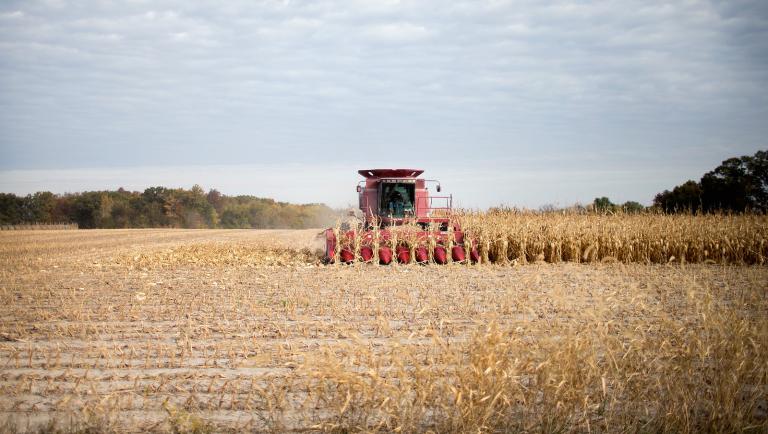Climate change is about to start hitting us where it really hurts: our champagne. With temperatures heating up in France’s normally cool region of Champagne, Bloomberg reports that it might be hard for “the taste we love” to last.
This isn’t the first article or study to connect climate change with something that seems well, frivolous. In January, reports declared that chocolate could become extinct by 2050. Last year, skiing enthusiasts were stressed to find out that the ski season could vanish from the country’s lower altitude resorts by 2090. What’s next? Caviar?
“These are the worst kind of climate stories,” Alex Randall, director of the U.K.-based Climate Change and Migration Coalition, tweeted. “Every week there is a ‘will climate change ruin your coffee/wine/skiing’ etc etc. I guess the intention is to connect it with real things, but it just trivializes it.”
It’s hard to compare the destruction and death connected to climate change with the loss of what can only be described as luxury items. Pacific Islanders continue to lose their land and homes to rising seas, heat waves around the world this summer have killed over 100 people, and Caribbean leaders have called for climate action in the wake of deadly hurricanes. Against this backdrop, focusing on champagne appears misguided at best, elitist at worst.
But environmental psychologists warn that it’s not that simple. “We do know that for many people the issue of climate change is very amorphous and abstract,” says Susan Clayton, chair of the psychology department at the College of Wooster. “Making it very specific just makes it easier for people to think about.”
Much like connecting climate change to extreme weather, linking everyday activities to a warming planet could make climate change seem more immediate and thus psychologically relevant — even if the connections are to the loss of coffee or 1 percent problems like dried-out golf courses.
The thing is, according to Sander van der Linden, professor of psychology at Cambridge University, how these stories are received may depend on whether the reader already accepts the reality of climate change, and whether they feel able to take action to prevent further damage. Making climate immediate isn’t a silver bullet to compel action or acceptance.
Targeting one audience could also leave others feeling left out. News stories warning us of the end of say, lush polo fields, are obviously aimed at a particular echelon of society, one that advertisers happen to love. Maxwell Boykoff, professor of environmental policy and communication at the University of Colorado Boulder, says that champagne in particular “might tap into some elitist bourgeois-type discourse that could alienate everyday people for the most part.”
Certainly we need the 1 percent to care about climate change, but will the potential loss of champagne convince any billionaires to stop flying, or persuade them to donate millions to climate action groups? The transformations required to move to a low-carbon world — such as a push for more public transit and decarbonizing power generation — will require a lot more than simple lifestyle changes.
Not to say that these stories are a waste of time. But how journalists frame climate change — and who gets hurt the worst — does matter.
“Generally, I think [these stories] are positive,” says van der Linden. “On a psychological level, it does help people overcome this distance. But clearly there’s also the flip side to it — you don’t want to trivialize it too much, to the point where we’re talking about the impacts on champagne.”



